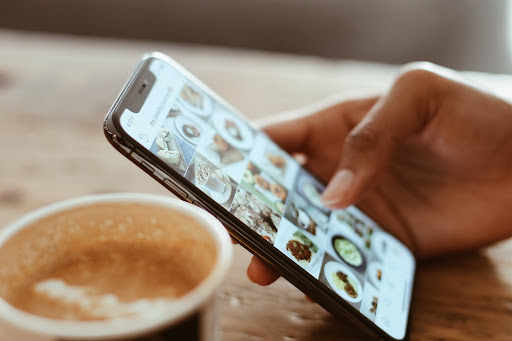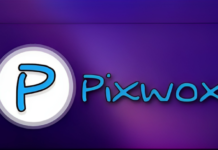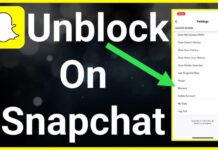Most people view social media as an enemy of classroom learning, but is that really the case? Recent studies point to the use of social media in education being a helpful tool to boost communication and value, leading to more long-term connections between educational establishments and learning groups.
Below, we will cover a few ways you can incorporate social media into your own classroom to boost learning and engagement. And if you don’t know where to start, StoryboardThat offers a handy social media worksheet to make the entire process seem like a breeze.
How to Improve Classroom Learning with Social Media?
-
Broadcast Updates and Alerts
When it comes to notifying students of schedule updates and other important alerts, most educational institutions rely on either emails or their internal communication software. The problem with this system is that most students do not check their emails regularly, and internal communication software is notoriously clunky and slow. With the widespread use of social media, it no longer makes sense for educators to rely on these outdated methods.
The newer generation of students is regularly active on social media platforms like Twitter, Facebook, and Instagram. So, the educational system must adjust accordingly. As an educator, having a class Twitter account or Facebook page where you post news can allow your students to stay in the loop from the comfort of their devices. Not only that, but you can also use these platforms to post reminders for assignments and events. And their social nature greatly reduces the risk of someone being left out.
-
Distance Learning
With technology coming as far as it has, classrooms don’t have to be limited to physical rooms. Live-streaming your lectures via platforms like Facebook, Instagram, or YouTube not only allows you to reach a wider audience but also lets your students go through the course at their own pace. Such online classes are particularly beneficial for disadvantaged students who are unable to attend regular classes in an educational institution.
Livestreaming is a great and easy way to engage with students, as long as you are able to moderate the chat. Shy and introverted students have the option to type their questions out instead of having to ask them out loud in front of a crowd, which can help them improve their grades. You can also increase accessibility for disabled students by adding captions to your lecture.
-
Better Teacher-Student Communication
Another big advantage of incorporating social media into your classroom is better teacher-student communication. Encouraging your students to connect with you via Messenger or WhatsApp can make you more approachable.
There is also the fact that connecting via social media removes the need to meet physically to resolve queries. Your students can reach out to you anytime via their smartphone, tablet, or computer, and immediately get the help they need. This not only makes them more likely to ask any questions they may have but also boosts their learning due to the tailored help they are able to get.
-
Tool for Active and Passive Learning
Active learning involves getting students to actively engage with the lesson via discussions, challenges, or debates. Social media is a great tool for this, as you can host discussions and debates, developing students’ critical thinking and writing skills. On top of that, you can also design assignments that require active learning. For example, you could speak about the dangers of misinformation and then have your students identify such posts in the content they regularly consume.
On the other hand, passive learning involves absorbing information before considering or translating it. This typically looks like listening to lectures and taking notes in a classroom environment. But listening is only one method of engaging in passive learning. You can use the power of social media to provide your students with little tidbits of information in the form of pictures and text throughout their day.
-
Use Instagram for Visual Essays
It is estimated that about 65% of the general population are visual learners. With these stats, there’s a good chance a big portion of your students learns visually as well. You can use visually heavy social media sites like Instagram to better accommodate these students. Just make a class Instagram account full of stunning pictures, infographics, and charts relevant to the topics being studied.
Another use of Instagram in a learning environment takes the form of visual essays. A visual essay is a series of images depicting a story or illustrating a point. Have students create class-specific accounts where they can present a visually appealing series of photos or graphics to polish their digital storytelling skills.
Read Also: 6 Tips on How to Be Successful at Work





































































